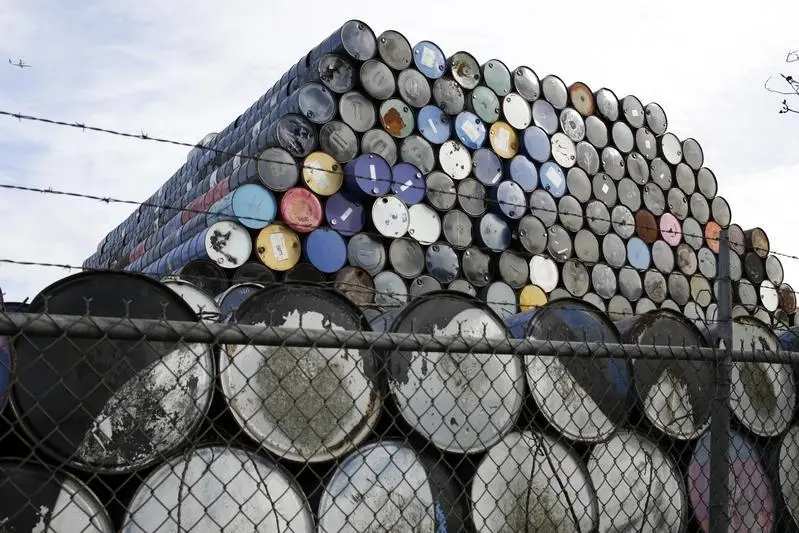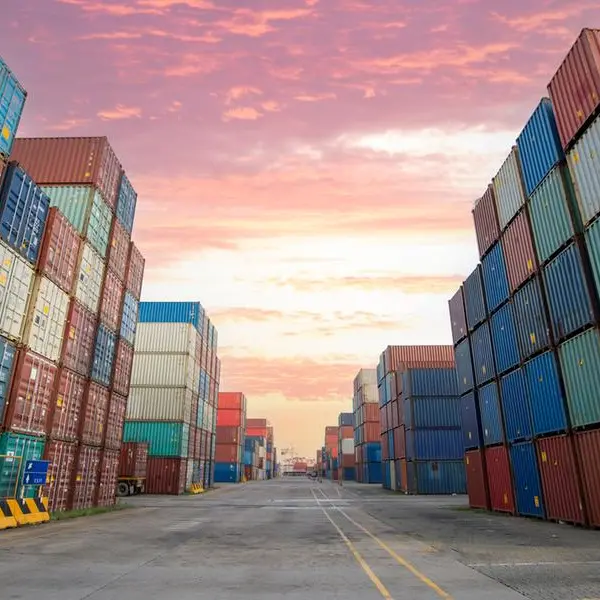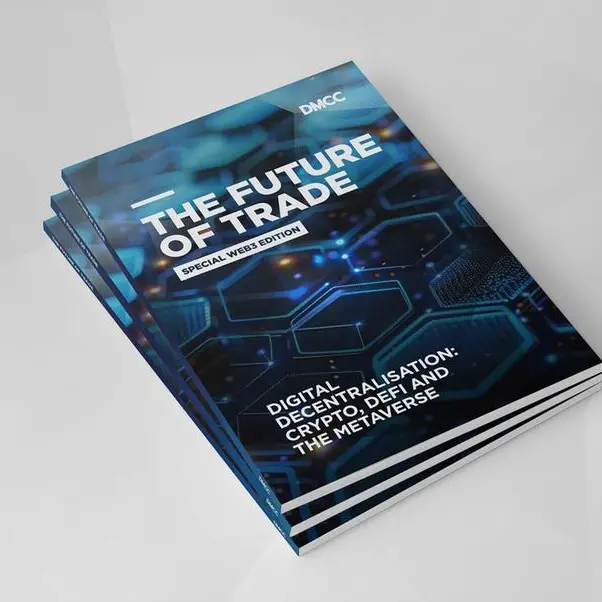PHOTO
By John Kemp
LONDON, July 26 (Reuters) - Futures and options markets play an increasingly important role in pricing crude oil but little is known about the identity and behaviour of market participants or their impact on prices.
The only comprehensive information on traders' positions regularly available comes from the commitments of traders (COT) reports issued weekly by regulators and exchanges.
In theory, these reports offer a wealth of information of how positions change over time, which can be correlated with prices and should support lots of useful research.
In practice, the information is less useful than it appears, because of the way it is compiled and published.
As a result, any analysis based on COT data contained in market reports, news stories and even academic research can only ever provide tentative rather than strong conclusions.
The precise interactions between different types of commodity traders and their impact on price formation remain largely unknown because the data is not good enough to support more rigorous statistical analysis.
REPORT HISTORY
The U.S. Grain Futures Administration, forerunner of the U.S. Commodity Futures Trading Commission (CFTC), began publishing a COT report for farm futures contracts in 1924.
The reports were originally published annually, though with several breaks between 1927 and 1933 owing to the agricultural depression ("Commitments of traders report update", CME Group, 2012).
Reporting became monthly from the middle of 1962, bi-monthly in 1990, fortnightly in 1992, and weekly in 2000.
As trading on regulated exchanges spread from grains and other agricultural products to oil and refined products, natural gas and power, precious and base metals, currencies, equity indices, bonds, and volatility, more and more commodities and other financial assets have come within the scope of the reporting system.
From 1995, options were included in the reports by converting them into "futures-equivalent" positions, using delta factors supplied by the relevant exchanges.
CLASSIFICATIONS
From the beginning, the U.S. COT reports classified traders as "commercial" or "non-commercial" based on their predominant business activity.
The commercial classification was reserved for traders believed to be using futures and options to hedge price risks stemming from their physical commodity operations.
The non-commercial category was used for other traders without obvious risk management needs who were essentially thought to be speculating on the rise and fall in prices.
From 2009, in response to concerns about the impact banks and index funds might be having on commodity prices, the CFTC implemented a new four-way classification to provide more transparency.
The new disaggregated COT reports classify traders as (1) producer/merchant/processor/users; (2) swap dealers; (3) money managers; and (4) a residual "others" category.
The producer/merchant/processor/user category is self-explanatory and consists of firms using futures and options to hedge price risks arising from their commercial operations.
Banks and other firms trading over-the-counter with hedge funds, pension funds and traditional commercial users and then using on-exchange futures and options to offset the price risk are classified as "swap dealers".
Hedge funds, together with pension funds, commodity trading advisers, and any other organisation managing or conducting futures trading on behalf of clients are classified in the "money manager" category.
Finally, firms and individuals that have a position above the reporting threshold but do not fit into one of the first three categories are classified as "other reporting".
Since 2011, ICE Futures Europe has published its own commitments of traders report for Brent and gasoil futures and options, based in London rather than the United States ("ICE Futures Europe commitments of traders report", ICE, undated).
ICE employs the same four-way classification and tries to make its own reports as similar as possible to the CFTC's ("ICE Futures Europe commitments of traders report - explanatory notes", ICE, undated).
TRADERS NOT TRADES
For U.S. contracts, classification decisions are made by CFTC staff based on information traders must submit to the commission on Form 40 as well as other information available to the commission.
Traders must report all their positions to the CFTC as soon as their position in any one contract month reaches the reporting threshold, currently set at 350 contracts or 350,000 barrels for crude oil.
Classifications are made by the CFTC based on the "predominant" business activity of the reporting organisation.
Classifications refer to traders not individual trades, so an oil producer that primarily uses futures to hedge but engages in some additional speculative trades will have all its trades reported in the producer category.
In some cases, large organisations will set up separate reportable trading entities to handle different types of business or in different locations, with each filing a separate Form 40 and obtaining a different classification ("Disaggregated commitments of traders report - explanatory note", CFTC, undated).
Trader classifications can change over time, either because the nature of their business changes, or because the CFTC receives additional information about their activities.
The CFTC does not publish information on how individual traders are classified so there is no way of knowing for certain where major banks' and trading companies' positions are classified in the reports.
ICE Futures Europe performs its own classification exercise for traders with positions in Brent and gasoil and attempts to use the same criteria as the CFTC.
But since the CFTC does not share its classifications with outsiders, even the exchanges, there is no way to know whether ICE and the CFTC classify the same traders in the same way.
TRANSPARENCY
The current classification used by the CFTC and ICE, and its focus on traders rather than trades, severely limits the usefulness of the data for analysing the relationships between futures positions and prices.
But exchanges and many market participants have opposed the disclosure of more detailed information on the grounds that it would create an unnecessary reporting burden for market users.
"Although some users seek still greater granularity in the COT reports, it is important to recognise that the COT report is intended to be a tool that informs market users and the public by providing, in appropriately broad brushstrokes, a picture of the composition of the futures markets," CME Group wrote in 2009.
"It is not designed as a surveillance tool for regulatory authorities who have access to detailed position data, as well as other data, for each reportable account, and who are able to obtain additional information." (Letter from CME Chief Executive Officer Craig Donohue to CFTC Secretary David Stawick, dated Oct. 1, 2009)
"In the light of the transparency that already exists ... it does not appear that initiatives that would require significant operational or reporting changes in order to provide still finer granularity to COT reports would add sufficient value to justify the imposition of these burdens on market participants."
But the broad brushstrokes employed in the commitments of traders reports necessarily limit the accuracy of any analysis of futures prices and markets based on them.
COT reports can therefore only ever provide an approximate guide to what is happening in the oil market, and their interpretation remains as much an art as a science.
Related column:
"Inside the commitments of traders report", Reuters, May 9, 2012
(Editing by Edmund Blair) ((john.kemp@tr.com; +44 207 542 9726 and on twitter @JKempEnergy))












